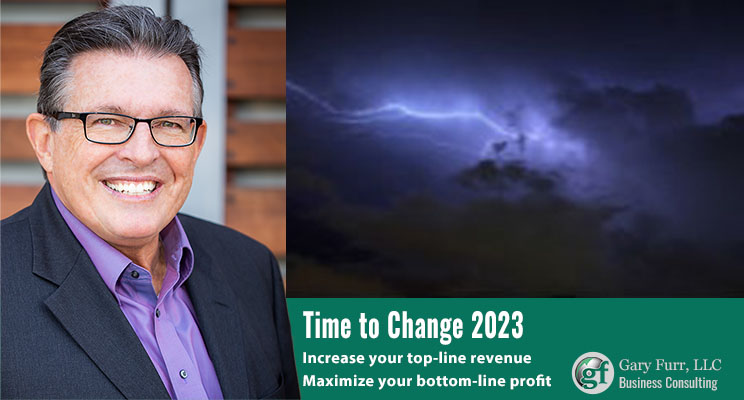
I flew an airplane in my previous corporate career for twenty-two years in order to save time getting to our various locations scattered around the state of Oregon. While flying back from eastern Oregon on one of my trips, I ran into bad weather. There was no denying it, I had a problem and had to be willing to call a problem a problem. In business not every problem is an opportunity. We need to be willing to call a problem what it is, a problem, and not an opportunity. Our job as leaders is to become efficient at calling a problem a problem and learning how to solve these problems. As we do so, we become better at solving even bigger problems.
In the instance described above, I made an emergency landing at Cascade Locks. Many of you probably didn’t even know there was a landing strip at Cascade Locks along the Columbia River. A good friend of mine, and fellow consultant commented: “Go into situations with a strong foundation to assess the situation and react effectively when problems arise”. This is excellent advice. I skimmed across the treetops and made an emergency landing on the grass strip in Cascade Locks. Waited for the weather to clear then headed home.
I had another incident similar to this one, again coming back from eastern Oregon in sub-par weather. I had passed Cascade Locks this time and again the weather had deteriorated to below minimums. I was monitoring the Troutdale Tower on my radio listening for other aircraft that might be in the area. The ceiling was at 400’ well below legal limits. I looked back and could see that there was no turning back to land at Cascade Locks this time.
Suddenly the radio came to life, and it was the Troutdale Tower asking me what my intentions were. They had been monitoring my transponder signal on their radar and knew that I had to make a decision. Turn back or land, there was nowhere else to go. I had a big problem; I could not turn back. I requested a special VFR clearance from the tower to land in weather conditions that are below legal limits. This is a necessary requirement to request permission and not looked on favorably by the FAA.
I decided that day, that I would no longer fly in marginal conditions. It was just too dangerous, and I was not just risking my life, but those of the passengers that I was carrying. It was time to make a change. From that point on, I became a fair-weather pilot, only flying when the conditions were excellent.
People and businesses are the same in many regards. We don’t change until the pain to remain the same is greater than the pain to change. Often it takes crises in someone’s life or in their business before they will make a change. And many times, it’s too late to recover from these crises.
It doesn’t have to be this way. We don’t have to wait for a personal crisis or a business disaster to make the necessary changes for a better future. We can be monitoring the weather and continually evaluating our path and direction, making constant adjustments to a better future. This is called continuous improvement.
Don’t wait for crises in your business to change. Take a 30’000’ view of your business and life and ask what is working and what is not working and what am I going to do differently in 2023 to have a more successful business and personal life.
With over 40 years of C-level business experience and an MBA in organizational development, I am uniquely qualified to help you achieve success in your business. Call us if you want to eliminate the status Quo and make significant improvements in your success. 503-312-3145

Leave a Reply